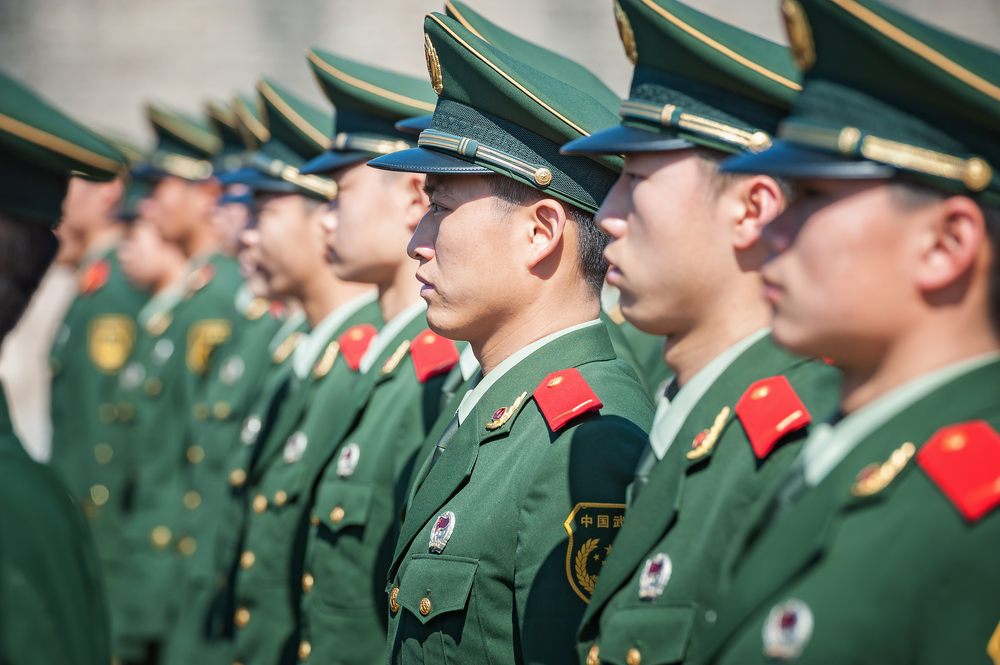Beijing has rapidly modernized its armed forces, but experts debate whether its military buildup is truly aimed at conflict or domestic control.
Others are reading now
Military power has long been a tool for nations to project strength, deter adversaries, and solidify internal stability.
As China continues expanding its naval fleet, stealth aircraft, and missile systems, analysts are divided over whether its modernization efforts signal an imminent conflict or serve primarily as a means to reinforce government authority.
A Military Focused on Image Rather Than War?
According to Digi24, a controversial report from the U.S.-based RAND Corporation suggests that China’s primary military objective under Xi Jinping has been consolidating Communist Party control rather than preparing for war.
The report argues that China’s expanding arsenal is intended more to impress the domestic population than to engage in large-scale combat.
Also read
China now possesses the world’s largest naval fleet and has developed advanced stealth aircraft and hypersonic missiles.
However, RAND analyst Timothy Heath questions whether this buildup would translate into effective wartime capabilities, drawing comparisons to Russia’s military struggles in Ukraine.
The Taiwan Factor and Alternative Views
Despite skepticism from some analysts, others maintain that China’s true military focus remains on Taiwan.
Former U.S. intelligence officer John Culver warns that while war may not be Beijing’s first choice, force remains a viable option if necessary. Some experts suggest that instead of a direct invasion, China could impose a naval blockade or conduct targeted airstrikes to pressure Taiwan into submission.
With China continuing to expand its military reach—including a base in Djibouti and increased naval operations beyond its territorial waters—the debate remains unresolved.
Whether these developments indicate a push for regional dominance or a strategy for internal stability, the implications for global security are significant.


